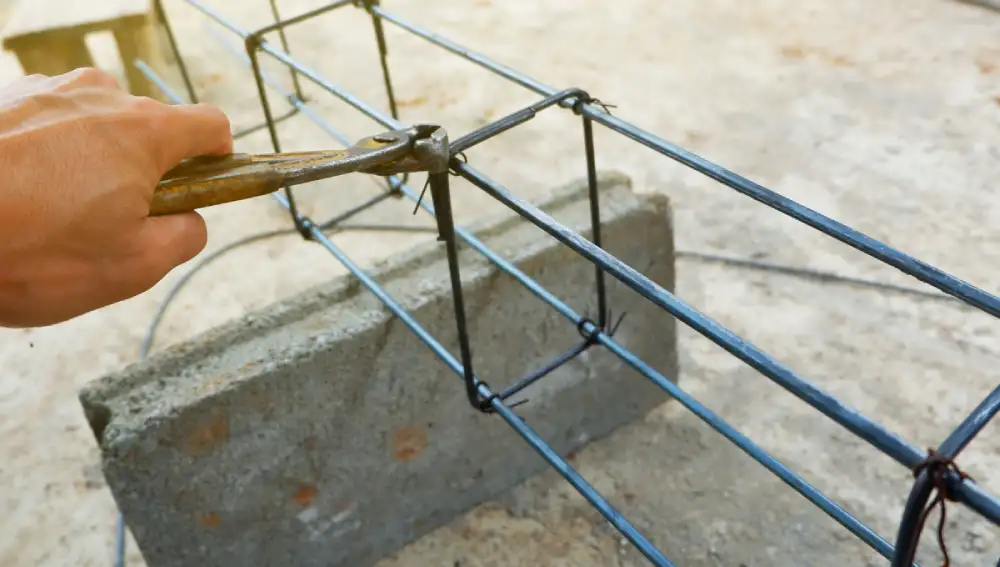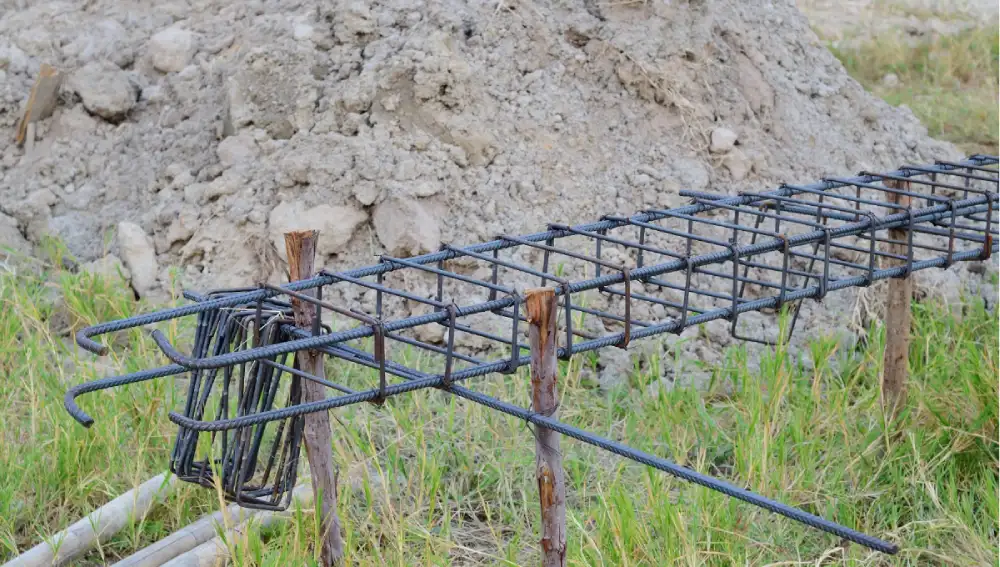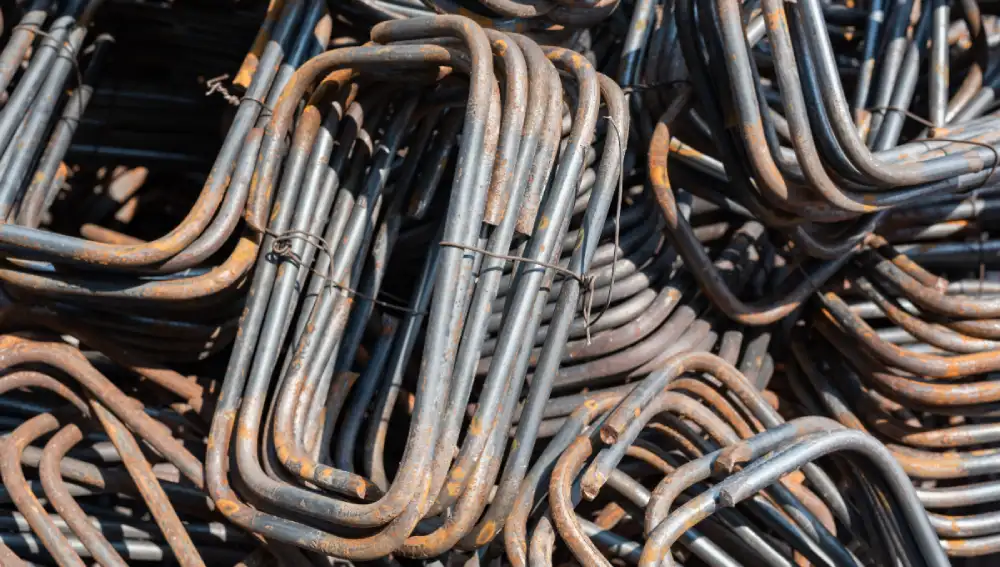A stirrup is vital in reinforced concrete. It’s a closed loop of rebar that plays a crucial role. Stirrups hold together the main reinforcement, also known as tension (RFT) bars, which lie within a concrete part.
And there are two types of stirrups used in reinforcement. They are closed stirrups and open stirrups. They are used to achieve specific design goals.
The choice between these two types often hinges on the project’s unique demands.
For instance, closed stirrups look like a rectangle or square. They must confine concrete. It is ideal for high-stress uses like skyscrapers or bridges.
Open stirrups are different. They have a “U” or “C” shape. They offer more flexibility. They are often preferred in situations that need adaptability. This is the case in construction with complex shapes.
The design’s requirements determine the choice. The designer may change or switch between these stirrup types to ensure good strength and performance.
Discover more about various types of stirrups and their many uses in this in-depth study.
Types of stirrups in construction

1. Single Legged Stirrups (Open Stirrups)
The single-leg stirrups are reinforcing bar holders. They have seen limited use in construction projects due to their restrictions. This is mainly because they are made for binding only two rods. This is a fairly rare need in most buildings.
For instance, many rods must be secured in a typical concrete foundation. This is to ensure stability and strength. In such cases, the single-leg stirrups would not be enough. Other types, like the double-leg or four-leg ones, would be better.
2. Two-Legged or Double Llegged Stirrups (Closed)
The most widely used stirrup type is the two-legged stirrup. This construction staple requires at least four rods to ensure stability and proper operation. The two-legged stirrup has been crucial for centuries, dating. back to the early days of bridge construction in the 18th century. This two-legged stirrups are used in lintel construction
Imagine a bridge without these vital stirrups. It would be like a spider’s web without its threads. The two-legged stirrup’s design allows for flexibility and movement. It is perfect for structures that need to resist environmental stressors. These include strong winds or earthquakes.
3. Four-Legged Stirrups (Closed)
The four-legged stirrup is a big advance, offering more security and stability than its predecessor. This design comprises two overlapping stirrups. They do not fully enclose the rods but provide a strong support system. Imagine a configuration with eight rods arranged in two rows of four. In this setup, the two stirrups will overlap each other. Each will circle six rods. Both stirrups encircle the four central rods tightly. This setup ensures the best hold. It minimizes the risk of rod slippage or misalignment. This clever design feature improves structural integrity. It also makes installation easier.
4. Six-Legged Stirrups (Closed)
Six-legged stirrups securely hold a beam reinforced with eight bars. In this closed setup, a single stirrup holds all eight rods. It provides a more secure foundation. Imagine a strong, sturdy bridge, its foundation unshakeable. The stirrups, which have six legs, are like a giant metal spider. They support a beam with eight reinforcement bars. Each bar strategically adds extra strength during placement. The bars are made of high-tensile steel. They are like the bridge’s skeletal system. They provide the internal framework needed to bear heavy traffic and harsh weather.

5. Circular Stirrups (Open Stirrup)
When the strengthened column is round, use the circular stirrup. Ancient Greek and Roman architecture frequently used this. This stirrup is designed to hug the curved surface tightly. It even helps to stabilize and sustain the structure.
For example, the famous Colosseum in Rome dates back to the first century AD. It has round columns that are stirrup-reinforced. They have endured over time. Circular stirrups are useful. It guarantees the column can support the weight of the building. It accomplishes this without weakening the column.
6. Helical Stirrups (Open Stirrup)
Helical Stirrups get their name from their striking similarity to the DNA double helix. This famous structure is a key part of science. This unique resemblance is not superficial; it holds a significant purpose.
Traditional stirrups wrap around rods in a perfect circle. Helical stirrups coil around them like a spring. They provide better support to primarily circular columns.
In essence, they are a type of open stirrups. They offer a clear advantage in structural design. They duplicate the twisted, double-coiled pattern of DNA. This makes helical stirrups grip the rods better for a more secure and stable connection.
This new design element is very useful. It is helpful in projects with circular columns. These columns need extra reinforcement.
Conclusion
If you don’t provide proper stirrup specifications, the building’s spacing may collapse. So, the designer should specify the stirrup spacing along with the structure.
This article covered different types of stirrups used in construction. We hope you now have enough knowledge about it. If you have any doubts about this article, contact us. We will clarify your doubts.

